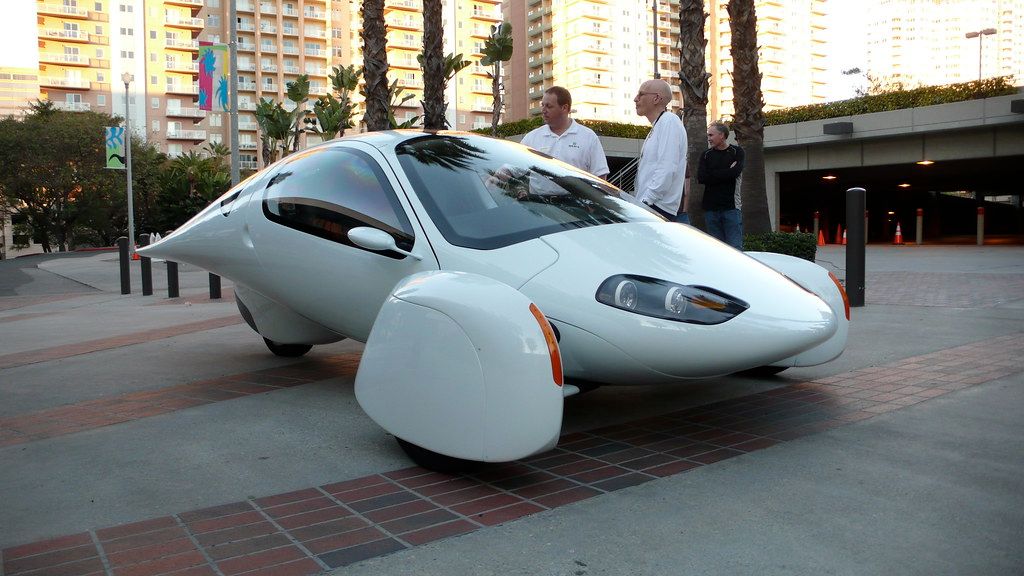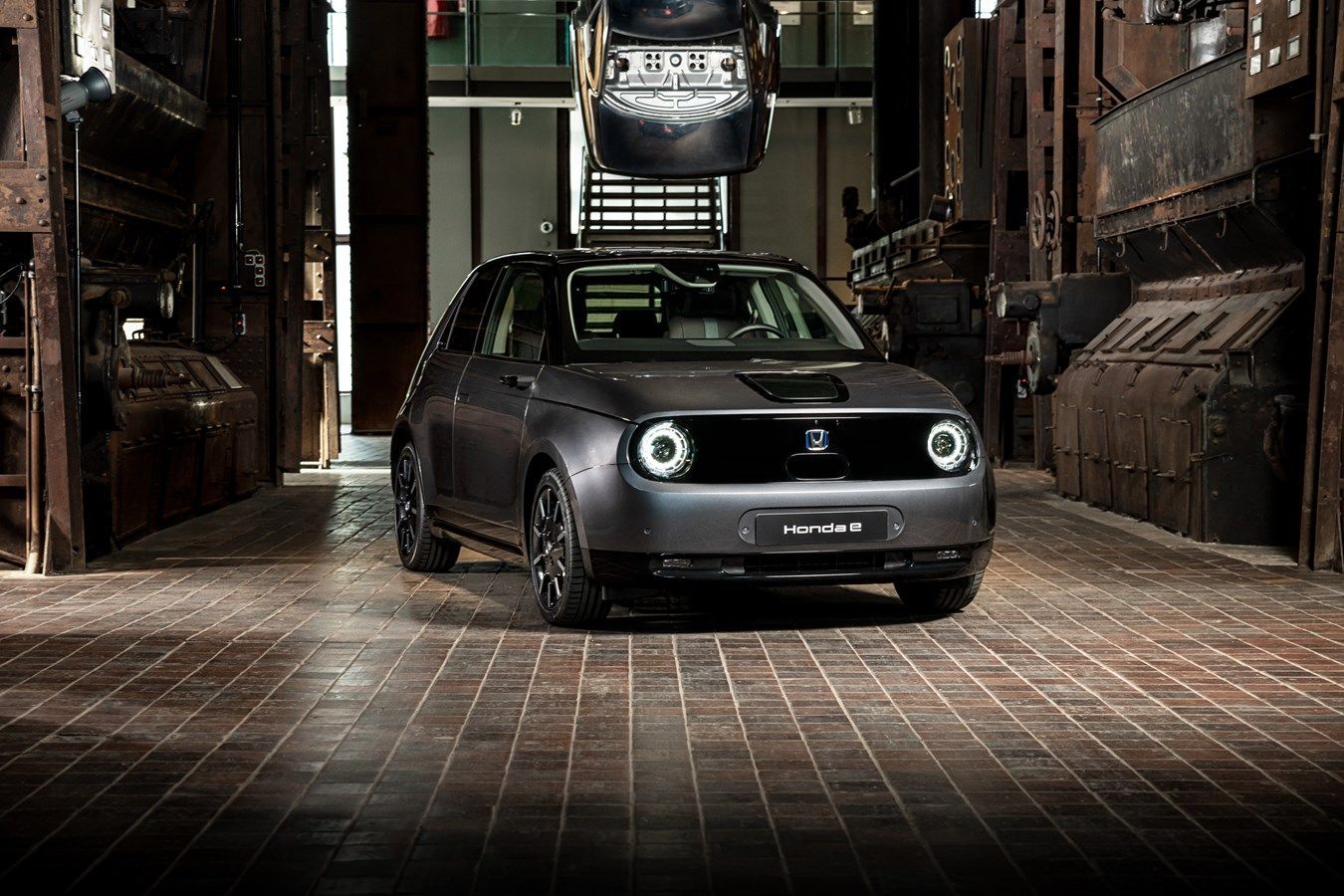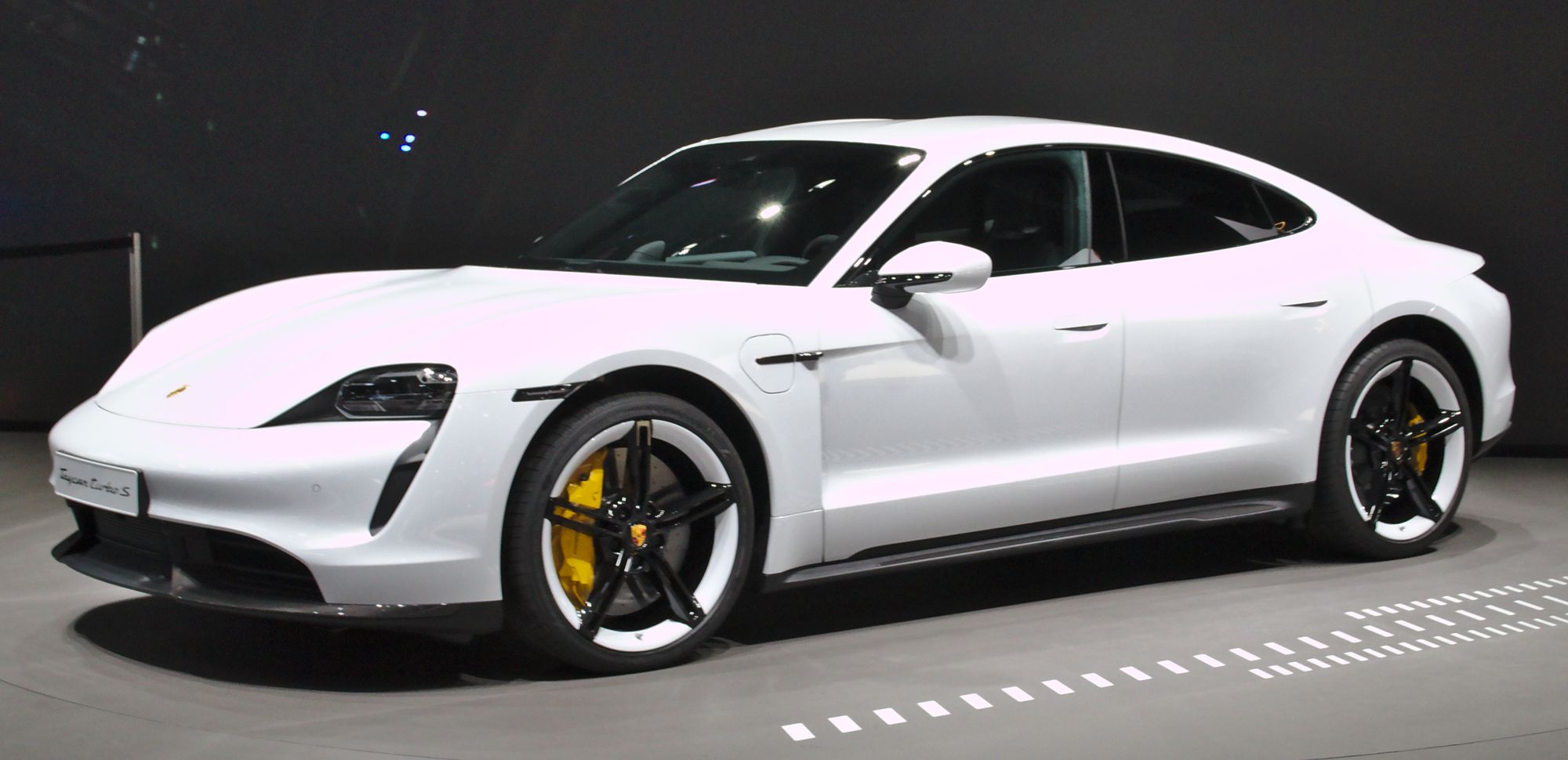
🔌 Electrical vehicle - the car enthusiast comeback
Many car enthusiasts miss the time when cars had vigor and personality. But what many of these do not know is that the electric car is a comeback of the kind of cars that make the enthusiast tick.
Share this story!
The car is a divider. To some a symbol of pollution and congestion, to others freedom and personal expression. I'll be the first to admit that I belong to the latter category. But where other enthusiasts refer to electric vehicles as washing machines, I see the EV revolution as a grand return for the enthusiast's car. Of course, some things will be lost in the process. The noise, the vibrations, and the almost sentient temper possessed by internal combustion engines are something that lacks equality among electrics. But EV's can offer enthusiasts so much more in return.
Rear wheel drive
Most gearheads will say the same thing: driver's cars shouldn't be front-wheel drive. Yet front-wheel drive has become the default, with four-wheel drive sometimes being an option. Admittedly this has been a rational decision for manufacturers, with advantages including reduced production costs, lower weight and greater interior space, properties most car buyers appreciate. For many auto-makers, it's not been worth the effort to develop a bespoke platform exclusively for enthusiasts and in many cases the outcome has been to not make anything for that market sector.
And this is where the electric vehicle comes into its own. With motors mounted directly to the axle, there's no weight to save by choosing front wheel drive, no additionalspace to offer, no production cost to save. Where rear wheel drive previously has been reserved for up-market vehicles, even the most basic electrics send their power to the rearwheels, such as the Honda E and Volkswagen ID3. The EV's that maintain front wheel drive tend to be built on platforms shared with ICE powered vehicles.
Rear wheel drive on a mini would’ve been sensational news on an internal combustion-based car. On electrics such as Honda E, it’s the default.

Handling
Other prerequisites for a car to have truly inspiring handling are a low center of gravity and a stiff chassi. Traditionally this has been achieved through complex and costly engineering that’s detremental to ease of maintenance. As it's practical for manufacturers to mount the heavy and stiff batteries in the floor, these characteristics are virtually inherent to EV's. The basic construction of electric vehicles mean that performance is more affordable. We can already see that EV's with higher range tend to have better performance: performance is cheap on electrics, thus it's thrown in 'for free' to make long-range electrics feel like a better deal.
As more energy-dense batteries reach the market, weight and price will drop. At that point, more of us will be able to experience the intoxicating and immediate surge of power. A suitable analogy is that driving a powerful combustion-powered car is like riding a furious beast with a will of its own, while driving an electric is like putting on Iron Mans suit; an extension of your body. While different, both experiences are equally enjoyable.
Design
Those who are into cars have likely noticed that many modern cars have a tall, bulbous front end when compared to the vehicles that reached the market in the 90's. This has been detrimental to both looks and drag Part of the reason of course lies with the ongoing crossover fad, but a more important factor is safety regulations. To reduce pedestrian injuries, there needs to be a certain amount of space between the hood and the solid engine block.

EV’s don’t have an engine under the hood, which gives manufacturers a greater freedom to design the car they want. Freedom to create shapes with lower drag, which can aid both in top speed and range. Freedom to create shapes we haven’t seen before or haven’t seen for a long time. If we are to believe Volvo and their new Future of Design-video, it’s not just the hood that can be lowered. The whole car can be more sleek without sacrificing the comfortable seating position, something that may actually be desirable to increase range.
Choice
The ever increasing costs to develop cars have forced manufacturers to play it safeand have a range of models with as much commonality as possible. This leaves very littlespace for unique cars aimed at niche audiences. Many famous brands have met their demise because of high development costs while nameplates have been discontinued. With the exception of batteries, EV’s cost considerably less to develop.
The result is an unprecedented number of new brands trying to enter the marketplace, while more familiar brands announce intentions to make electric niche vehicles. For example, After having received positive feedback on their concept car called Precept, Polestar decided to actually put it into production, something that wouldn’t have been financially viable on a combustion-based car.
Beyond that instance, we'd like to mention oddball cars such as Teslas futuristic Cybertruck, Aptera’s teardrop three wheeler, Volkswagen's modern interpretation of the Type 2 and Stellantis' intention to invest in Lancia whose rally pedigree for many years has been reduced to a range consisting of a single, dated compact.

Not only will car buyers have more to choose from, we can also expect exciting niche vehicles to be closer in price to their more mundane counterparts. EV's should be less costly than equivalent ICE's by 2027, while the currently expensive enthusiast cars might achieve that even sooner
By becoming a premium supporter, you help in the creation and sharing of fact-based optimistic news all over the world.